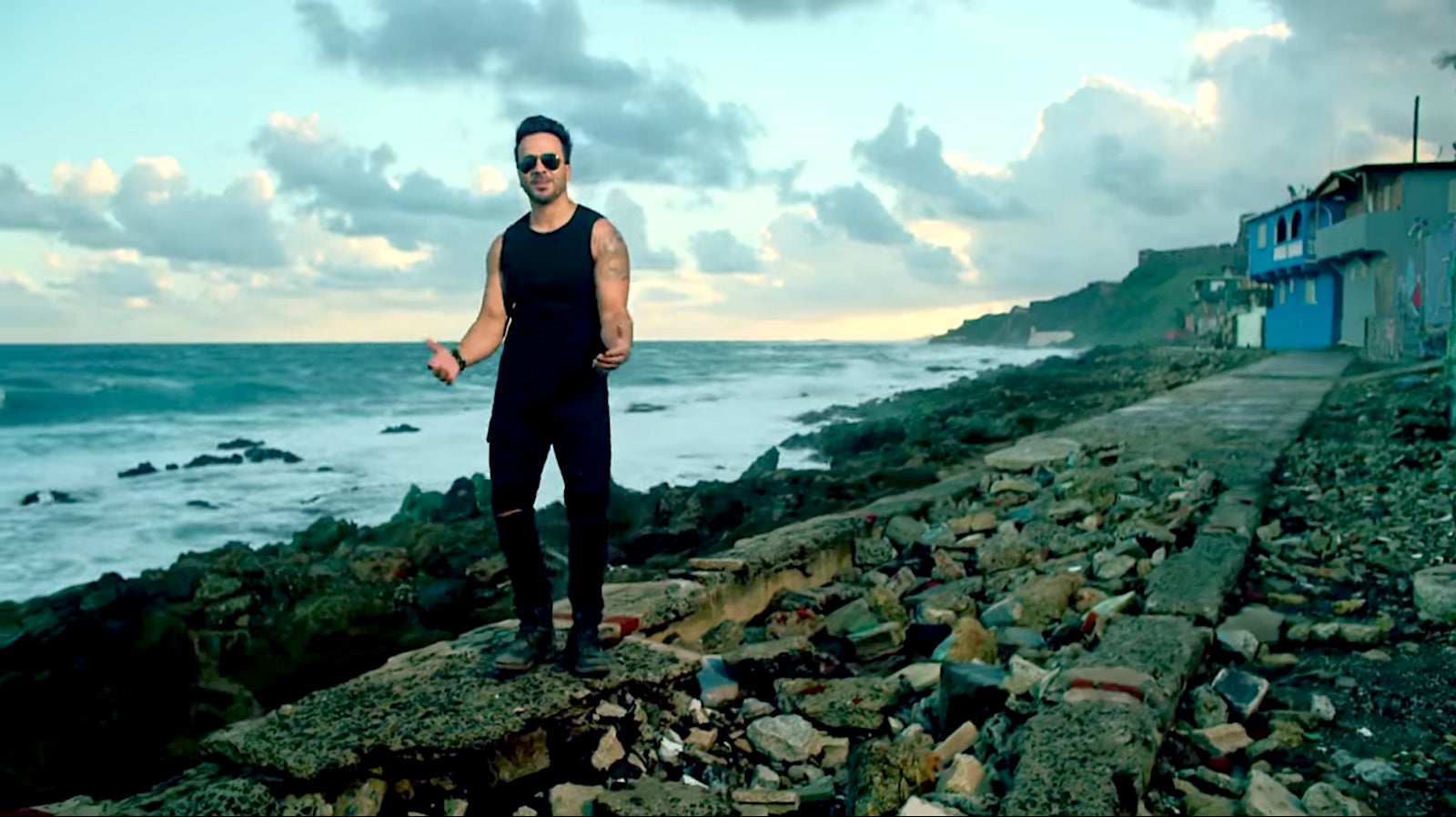After five years, there’s suddenly a battle for the most-watched video of all time on YouTube
For five years it reigned supreme, but as of this week, South Korean pop hit “Gangnam Style” is no longer the most-watched video on YouTube.


For five years it reigned supreme, but as of this week, South Korean pop hit “Gangnam Style” is no longer the most-watched video on YouTube.
Psy’s wacky anthem, which ricocheted around the world when it came out in 2012 and triggered a mass-scale dance craze, has been usurped by Wiz Khalifa and Charlie Puth’s “See You Again,” which has been streamed roughly 2.895 billion times. The pop-rap song’s music video features the final scene of the 2015 action film Furious 7.
But already, it has searing competition. Luis Fonsi and Daddy Yankee’s 2017 Spanish-English song “Despacito”—whose remix features a cameo from Justin Bieber, in a rare instance of where he can properly sing the words, that is, rather than just rhyming “burrito” with “Dorito”—is already up to 2.5 billion views in six months. That velocity might just take it past “See You Again” to claim the top spot by the end of the summer.
On a platform home to immensely popular vlogs, comedy bits, and clips of everything and anything, why do all the contenders for top-played video seem to be songs?
In fact, 47 of the current top 50 videos on YouTube are music videos—a figure that highlights YouTube’s incredible importance to the music industry, as loath as the latter entity is to admit it.
The site is currently the target of much vitriol from the industry, which accuses YouTube of both encouraging piracy and paying less-than-ideal royalty rates to rights-holders. A report last year from the UK found that artists make more money from sales of vinyl records than plays on YouTube, for example. Because the rules that govern YouTube’s licensing process are different to the ones by which Spotify, Apple Music, and other on-demand streaming services abide, it ends up with more negotiating power and is able to get away with paying less money to artists than its streaming counterparts.
Additionally, YouTube’s lax uploading rules mean that any user can upload unauthorized content—a homemade video with “Despacito” playing unlicensed in the background, for example—and easily re-upload it, perhaps under a new username, after it is discovered and taken down. The Recording Industry Association of America’s chief executive Cary Sherman last year called this (paywall) “a new form of piracy,” adding, “You don’t have to go into dark corners and sell stuff out of your car. You can do it in plain sight and rely on the DMCA [Digital Millennium Copyright Act] to justify that what you’re doing is perfectly legal.”
YouTube’s main response to the criticism so far? “We are connecting artists and fans on our platforms.” Read: Labels and musicians can complain all the want, but as long as music fans still turn to YouTube for easy and free access to their favorite songs—and right now, they clearly do—it’s the one with the power.